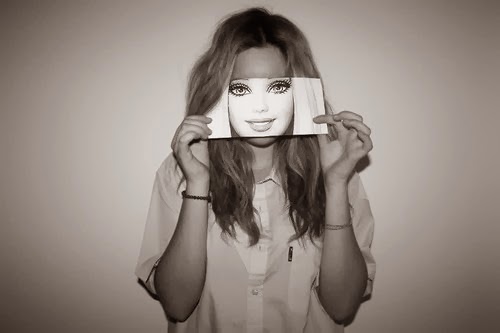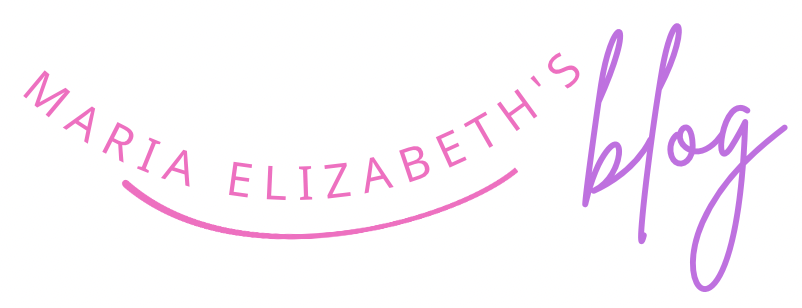
What are beauty standards?
Beauty standards are the ideas about what we should look like that are promoted by the media and society. They usually involve having certain features or body types, and they often change over time.
They can be harmful because they can make people feel bad about themselves if they don’t look a certain way. This can lead to things like eating disorders, depression, and low self-esteem.
It’s important to remember that beauty standards are not realistic or attainable for most people. They are often based on white, Western ideals that are not representative of the diversity of everyone who exists in the world.
We should all strive to be comfortable and confident in our own skin, regardless of whether or not we meet society’s definition of “beautiful.”
Unrealistic images in the media
The media is full of images of impossibly thin and beautiful women, which can make us feel bad about ourselves. It’s important to remember that these images are usually airbrushed and don’t represent reality.Beauty standards are also often racialized, with white features being held up as the ideal. This can make people of color feel inadequate and contribute to low self-esteem.
Unrealistic beauty standards can lead to a number of negative consequences, such as eating disorders, body dysmorphia, and depression. They can also cause us to compare ourselves to others and feel like we’re not good enough. It’s important to be aware of the impact of beauty standards so that we can start to challenge them.
Pressure to look a certain way
The pressure to look a certain way is something that people of all ages and genders face on a daily basis. The problem is especially prevalent among young people, who are bombarded with messages from the media, their peers, and even their families about what they should look like. This pressure can lead to a number of negative consequences, including eating disorders, body dysmorphia, anxiety, and depression.
One of the biggest problems with beauty standards is that they are often unrealistic. The vast majority of people do not look like the models or celebrities that we see in the media, yet we are expected to somehow meet these impossible standards. This can lead to feelings of inadequacy and low self-esteem. It can also lead to dangerous behaviors like disordered eating, as people try to lose weight or achieve a certain body type.
Another issue with beauty standards is that they tend to be incredibly narrow. We are told that there is only one right way to look, and that any deviation from this ideal is unacceptable. This can be damaging for people who do not fit into this narrow mold, as it can make them feel like they are not good enough. It can also lead to discrimination and bullying from others who buy into these unrealistic standards.
Finally, beauty standards often promote unhealthy behaviors. In our quest to meet these unrealistic goals, we often resort to unhealthy dieting and exercise habits, as well as dangerous cosmetic procedures. This can have serious consequences for our physical and mental health.
It’s important to remember that beauty standards are arbitrary and They don’t reflect what’s actually beautiful about a person. Everyone is unique and deserves to be loved and accepted for who they are, not for how they look.
Why are they bad?
Beauty standards are bad for a number of reasons. First, they are often based on unrealistic or unattainable ideals. This can lead to feelings of inadequacy or low self-esteem in those who do not meet these standards. Additionally, beauty standards can be used to unfairly judge others. They can also be used to justify discrimination or mistreatment of those who do not meet the standards. Finally, beauty standards can be harmful to one’s health if they lead to extreme dieting or other unhealthy behaviors.
They cause eating disorders
Beauty standards are often the root cause of eating disorders.
Eating disorders are serious mental illnesses that can have devastating effects on a person’s physical and emotional health. They are characterized by an abnormal or distorted relationship with food, and can involve either overeating or restricting food intake to the point of starvation.
Anorexia nervosa, bulimia nervosa, and binge eating disorder are the most common types of eating disorders, but there are many other less well-known conditions that can also be extremely harmful.
Eating disorders often develop in people who are already struggling with body image issues. When combined with the pressure to conform to unrealistic beauty standards, this can lead to a dangerous spiral of disordered eating behaviors.
The media is one of the biggest culprits in perpetuating these harmful ideals. Images of ultra-thin models and celebrities are everywhere, and it’s easy for people to compare themselves negatively when they see these unrealistic images.
What’s more, the fashion and diet industries have a vested interest in selling products by preying on people’s insecurities about their bodies. Diet ads promise quick and easy weight loss, while fashion magazines airbrush photos to create an unattainable standard of perfection.
All of this Combine to create a perfect storm of conditions that can trigger eating disorders in susceptible individuals. But it’s important to remember that anyone can be affected by these illnesses, regardless of their weight or appearance.
They can lead to surgery and other unhealthy habits
Beauty standards lead to surgery and other unhealthy habits. People who try to meet these standards often put their health at risk in order to achieve the “perfect” look. This can lead to eating disorders, body dysmorphia, and a host of other mental health issues. It can also lead to people undergoing risky surgeries in an attempt to change their appearance.
How can we fix this?
There are many reasons why beauty standards are bad. They can cause low self-esteem, eating disorders, and a general unhappiness with one’s appearance. They can also lead to unhealthy behaviors, such as using cosmetics that contain harmful chemicals or spending excessive amounts of money on surgeries or other treatments.
So how can we fix this? There are a few things that we can do. First, we can try to be more accepting of different types of beauty. Second, we can Encourage people to focus on their inner qualities rather than their outward appearance. Finally, we can work to make sure that the media and other forms of popular culture represent a more diverse range of people and body types.
Stop airbrushing in the media
The media has a responsibility to represent people realistically, and airbrushing sends a dangerous message that Photoshop is more important than real people. Airbrushed images give people unrealistic expectations of what they should look like, which can lead to body dissatisfaction and eating disorders.
Have more realistic images
Images of extremely thin or perfect-looking people are everywhere. They’re in magazines, on billboards, in TV commercials and more. Many people compare themselves to these images and feel inadequate. This can lead to a preoccupation with dieting and weight loss, as well as eating disorders such as anorexia and bulimia.
These unrealistic images also give us a false idea of what’s considered attractive. We start to believe that the only way to be beautiful is to look a certain way. This can put a lot of pressure on people, especially women and girls, to conform to these standards.
What’s more, these images often don’t reflect the diversity of real people’s bodies. They usually showcase a very narrow range of body types, skin colors and facial features. This can make people feel bad about themselves if they don’t fit into this mold. It can also lead to discrimination based on appearance.
So why are beauty standards so bad? There are a few key reasons:
-They’re unrealistic: As we’ve mentioned, these standards are often unattainable for most people. This can lead to feelings of inadequacy and low self-esteem.
-They’re unhealthy: In some cases, striving for an unrealistic body type can lead to dangerous weight-loss practices or eating disorders.
-They’re discriminatory: By perpetuating a limited view of beauty, these standards exclude many people from feeling good about themselves.
Conclusion
In conclusion, beauty standards are bad because they promote unrealistic and unhealthy ideals, they are used to control and oppress people, and they cause people to focus on their looks instead of their personality or other important qualities. We need to stop valuing people based on their appearance and start celebrating diversity. We can do this by supporting each other, speaking out against discrimination, and teaching children that everyone is beautiful just the way they are.
